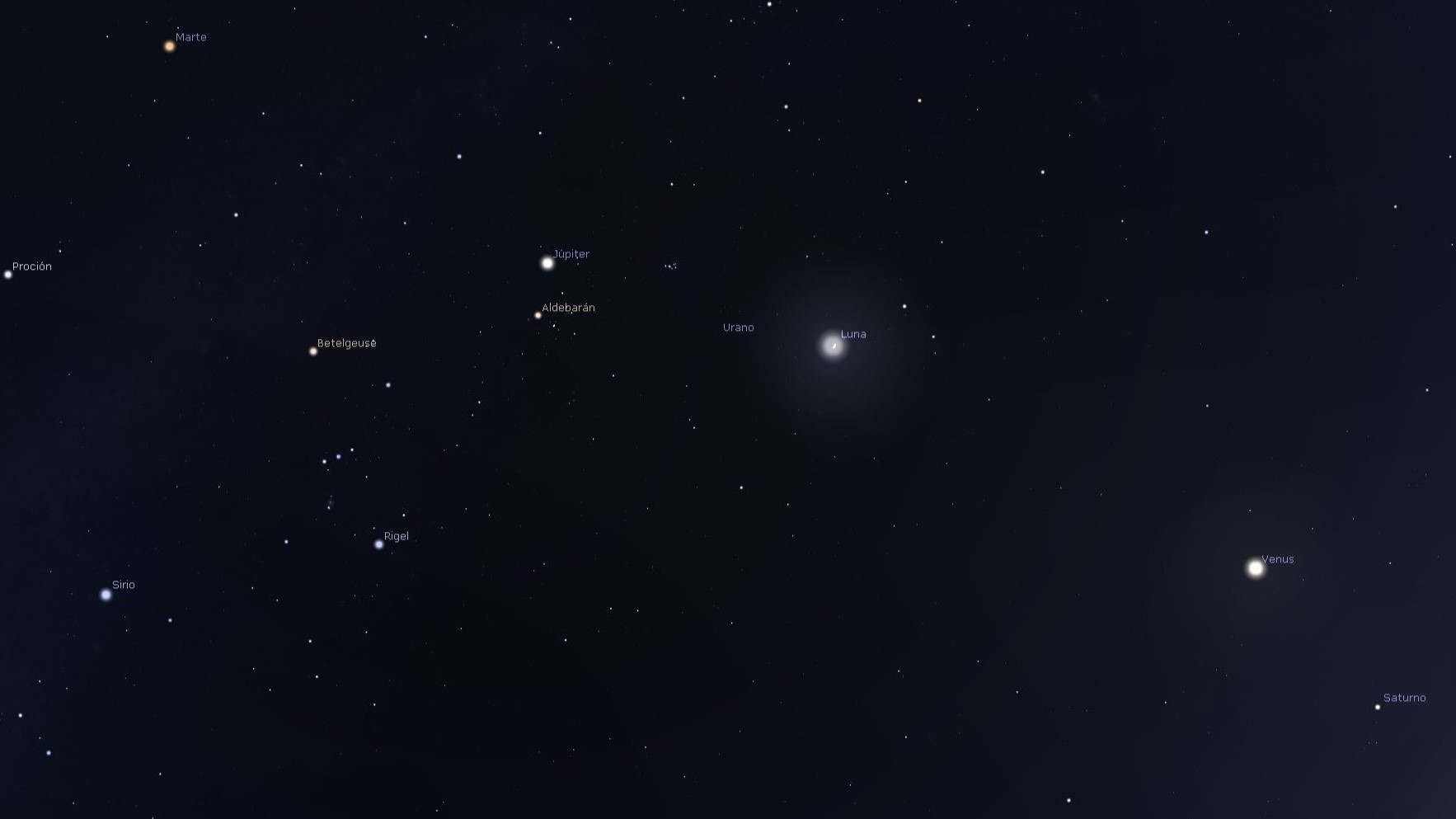Much has been said about the “alignment” of the planets this 2025, especially on January 21, but how much of it is true and how rare is it?
“From the beginning of the year until about mid-February, Venus, Mars, Jupiter and Saturn can be seen with the naked eye at the same time in the night sky,” said René Ortega Minakata of the Science Communication and Outreach area of the Institute of Radio Astronomy and Astrophysics (IRyA) at UNAM Campus Morelia.
The only thing needed is to go out to an open place, without trees or buildings, after sunset. Venus and Saturn will be to the west, towards where the Sun sets; Jupiter very high, near the zenith, above the head; and Mars to the east, towards where the Sun rises.
Although a telescope is not necessary to enjoy this planetary show, the IRyA UNAM invites people to observe them and the crescent Moon with telescopes on Tuesday, February 4 at 6:00 pm, at the UNAM Campus Morelia (Antigua carretera a Pátzcuaro in front of Tenencia Morelos).
The positions of the planets in the sky are relative, as we see them from our perspective on Earth. When they get closer or further apart in the sky it does not mean that they are physically closer or further away from each other.
They are all seen “in a row” because they go around the Sun more or less in the same plane as the Earth, which in the sky we see as the apparent path of the Sun during the year, the ecliptic. “It turns out that these four planets are on the same ‘side’ of the sky for a few weeks, and we can see them simultaneously for a couple of hours during the night,” added Ortega Minakata.
It has been said that Uranus and Neptune can also be observed now at the same time as the other four planets. “It is true, but they cannot be seen with the naked eye, but powerful telescopes are needed, with very dark skies and knowing where to point, so it is very difficult to observe them,” explained the IRyA UNAM academic.
“We invite everyone to enjoy themselves observing the planets with telescopes here at IRyA,” emphasized Ortega Minakata. “Although this is not a rare event from a cosmic point of view, it is an excellent opportunity to marvel at the beauty of our Solar System, and a nice way to return from long weekend in February,” he concluded.
Top image
Illustration of Saturn, Venus, the Moon, Jupiter and Mar in the sky on Tuesday, February 4 at 8:30 pm. Screenshot of the Stellarium web app.

Invitation
Invitation poster to the telescope observation of the planets and the Moon.
About IRyA, UNAM
The Instituto de Radioastronomía y Astrofísica (IRyA), or Institute for Radioastronomy and Astrophysics is an academic unit at UNAM, Campus Morelia, Mexico. The Institute’s personnel perform high-level and high-impact research in the areas of interstellar medium, star formation, evolved stars, high energy astrophysics, Galactic dynamics and structure, extragalactic astronomy and cosmology. They also contribute to educate high-level human resources through a postgraduate program, and maintain a close relationship with society through diverse outreach and science communication programs.
If you are interested in our Institute, visit the English version of our webpage, www.irya.unam.mx/web/en
Media contact:
Dr. René A. Ortega Minakata
Outreach and Science Communication
IRyA UNAM Campus Morelia
Text: IRyA UNAM





